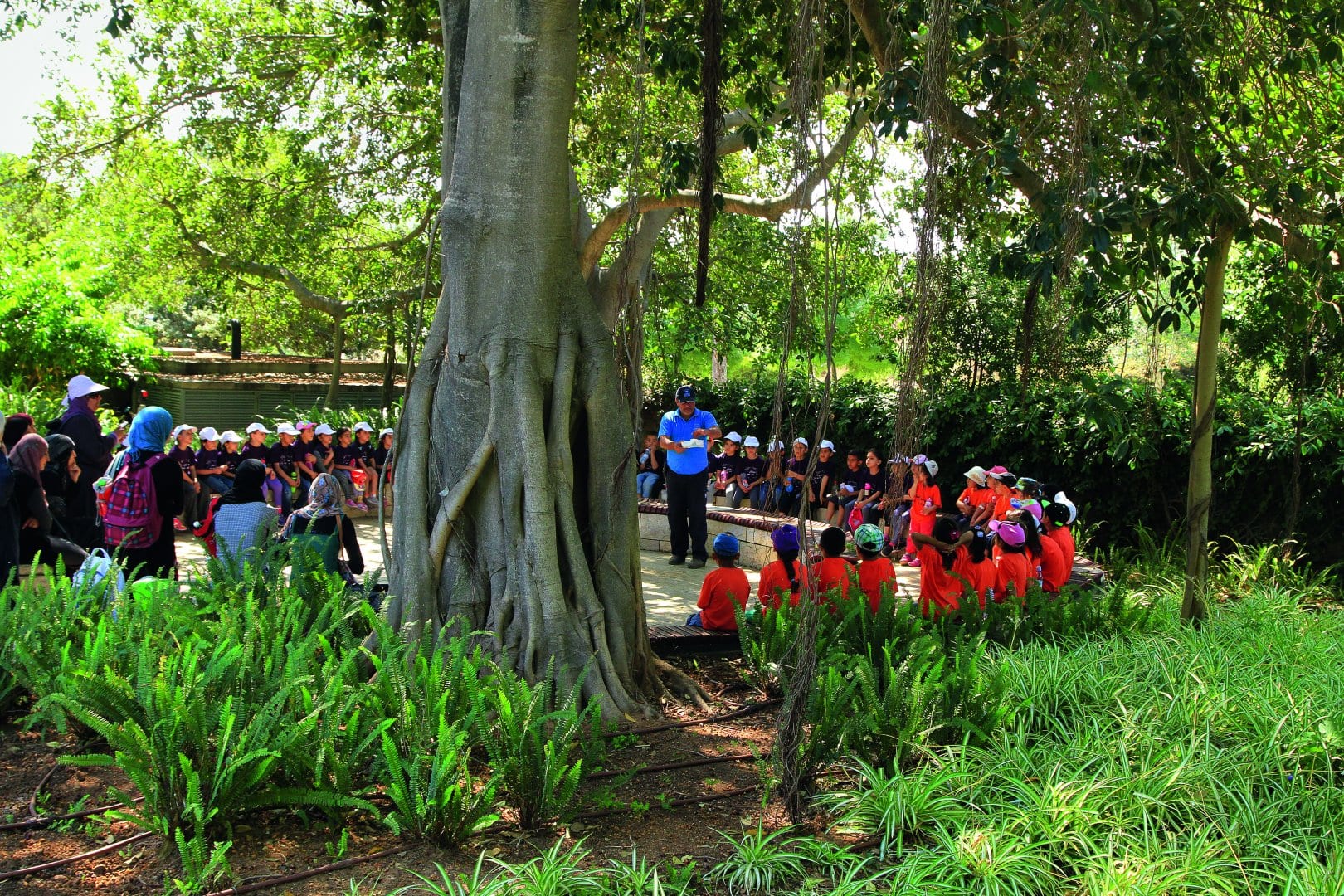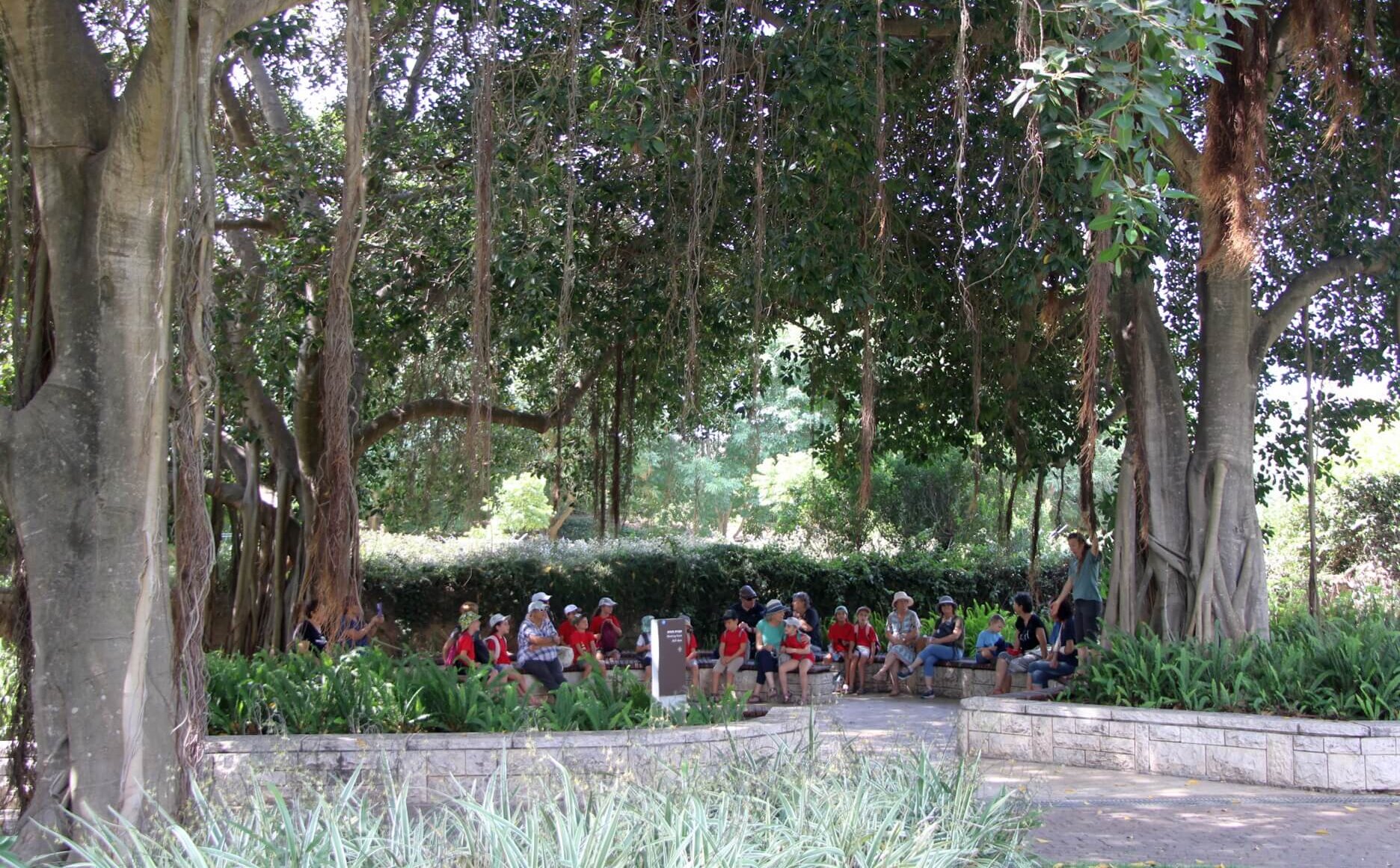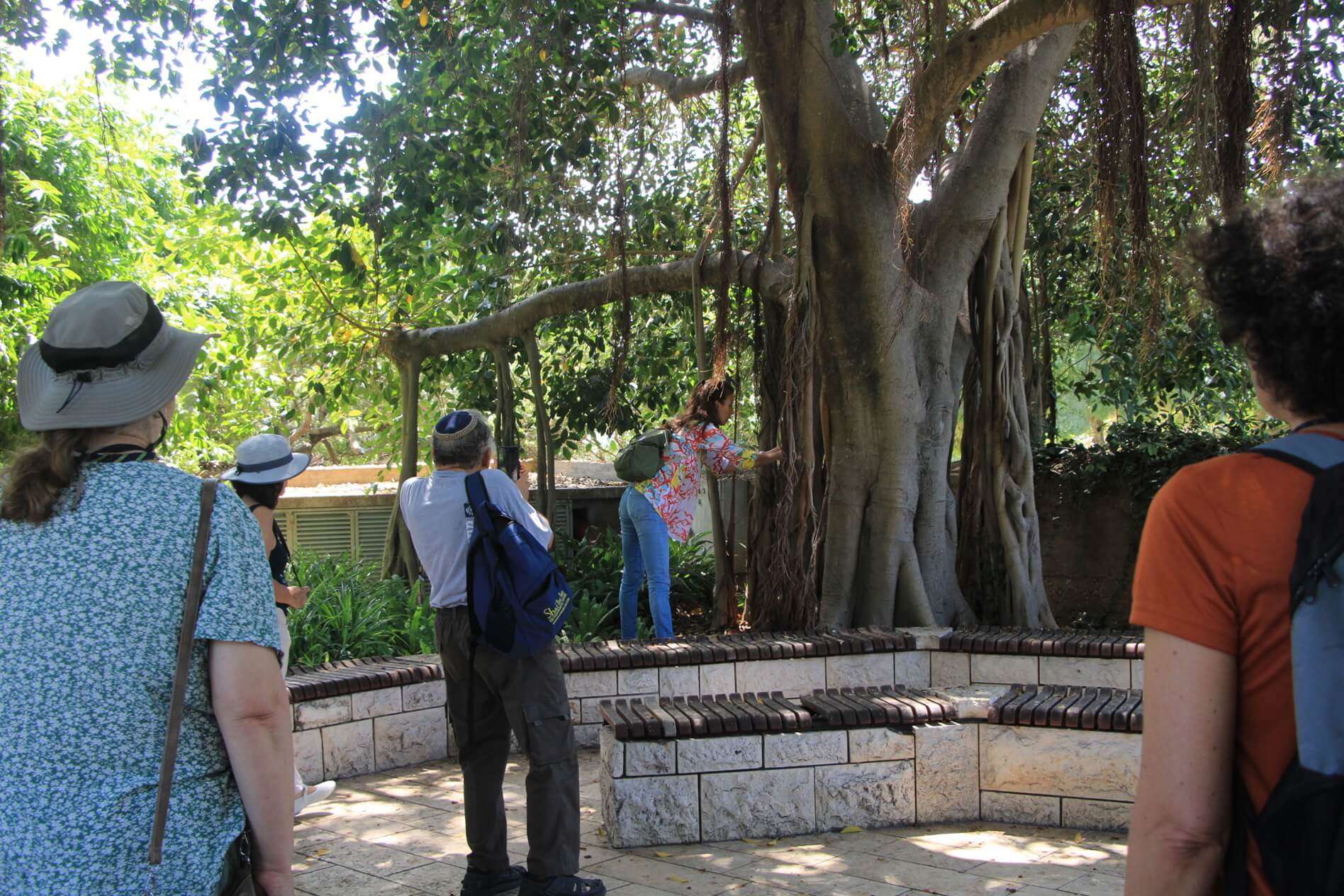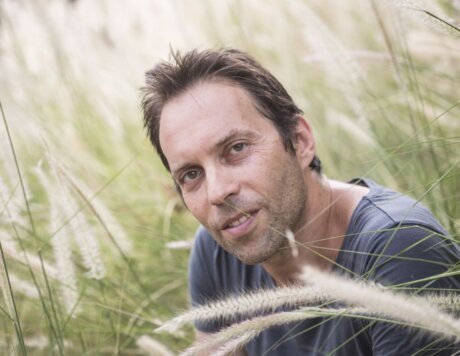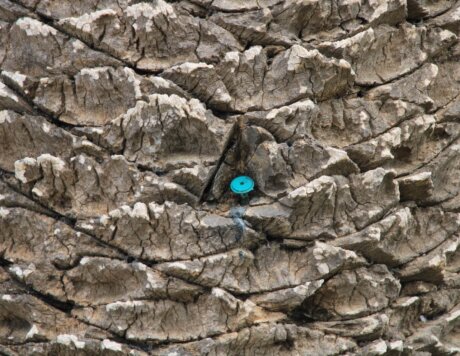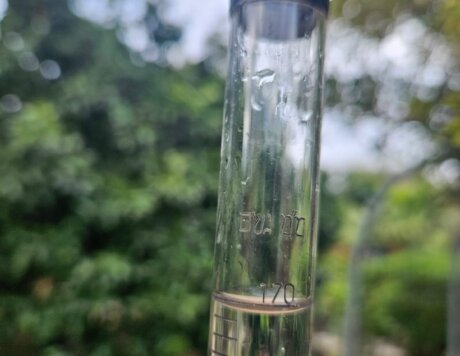A Focus on Ficus
The old Ficus trees at the main meeting point of the gardens always provide shade and a breeze, and you can find employees sitting under the Ficus trees near the offices, wearing long sleeves even in the summer. In Israel, Ficus trees have received a bad name and there are some who want to get rid of them, but as Ben-Gurion said, ‘There’s no substitute for an ancient tree.’ We present you some facts to change your perspective
(reading time: 3 minutes)


